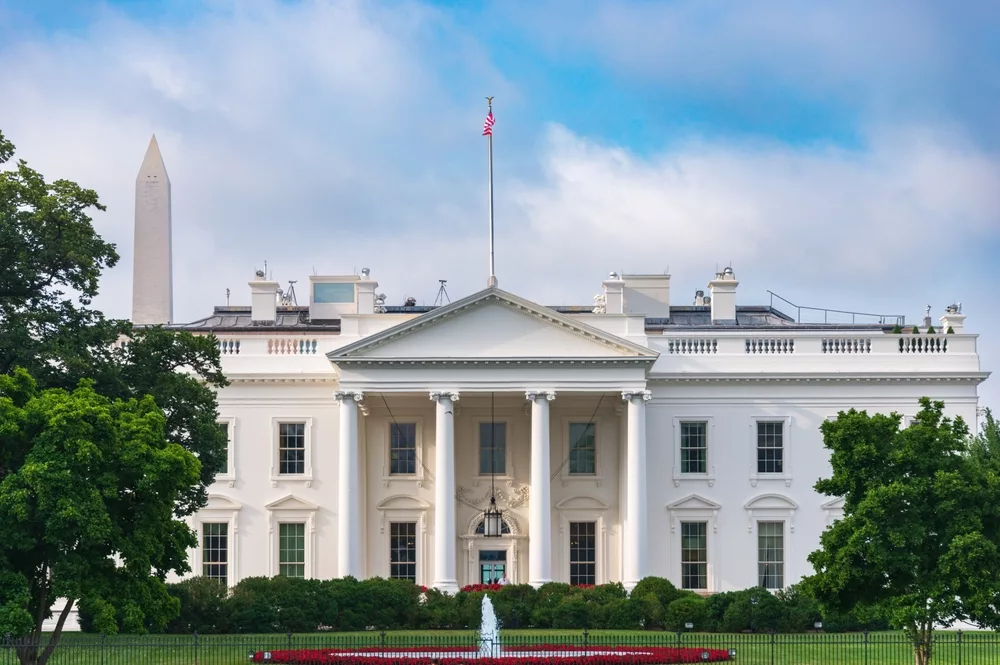
Summary
- June 16 marks the International Day for Family Remittances (IDFR), which recognizes the contribution of migrant workers who send money to family members worldwide.
- The focus for the 2023-2024 IDFR campaign is “digital remittances towards financial inclusion and cost reduction”, which seeks to highlight how digitalization of remittance sending can reduce costs, improve access and advance financial inclusion.
- In 2023, remittance flows to lower- and middle-income countries were estimated to have reached $669 billion. This marked a 3.8% rise year-on-year, following unusually high remittance flows in 2021 and 2022.
- Those sending remittances using crypto is rising steadily, with users attracted by the speed and lower cost of transactions.
One – the US and remittances
The US is the world’s leading source of remittances. It accounts for approximately 25% of all transfers, with Mexico topping the list of recipients. Other major sources of remittances are Russia, Saudi Arabia and Switzerland. India registers the largest inflows.
Two – Mexico and remittances
US remittances to Mexico reached a record $55.9 billion in 2022, representing 95% of the country’s total remittance inflows. The average monthly remittance to Mexico that year was $390. Cryptocurrency platform, Bitso, processed $8 billion in remittance payments in 2023, $4.3 billion of which were between the US and Mexico.
Three – crypto on the rise
The use of crypto to send remittances has risen swiftly. Crypto exchange, Coinpay.cr reported that remittances using cryptocurrencies grew 900% worldwide in 2021, with Latin America registering high levels of growth. Another study suggested that in 2021, almost 25% of remittances sent from the US were in crypto.
Four – new crypto features emerging
Reflecting the growing interest in using crypto to send remittances, providers are facilitating ease of use with new features.
In November 2023, Filipino cryptocurrency exchange, Coins.ph, announced its partnership with US-based blockchain company. Paxos Trust Company, to increase the adoption of PayPal USD for cross-border remittances.
Meanwhile, Latin American remittance start-up Féliz Pago supports workers sending money across borders using messaging app, WhatsApp. Users can collect money either as a bank deposit or physically pick it up at designated locations. The company uses Circle’s USDC stablecoin to make the transactions because of crypto’s lower costs and greater speed.
Five – remittances and the SDGs
Remittances are tied to 12 of the 17 UN Sustainable Development Goals (SDGs). This makes reducing the cost of sending remittances vital because the more money there is available for families, rather than lost in transfers, the swifter the progress towards the goals. This explains the support for the digitalization of transfers that lies at the heart of the IDFR’s 2023-2024 campaign.
SDG10c has a target of 3% for transaction costs, considerably below the global average of 6.2% to send $200 (as of the second quarter of 2023), and well below the average cost of 12.1% that banks can charge.
The transaction costs have fallen considerably (down from an average of 9.7% in 2009), and digitalization is improving this rate further.
It’s a lot cheaper and quicker to send remittances using crypto than using traditional methods. Even during periods of high congestion, crypto transactions take no more than a few hours to complete. Sending Bitcoin to another wallet costs an average of $1.50 per transaction, and Ethereum costs an average of $0.75 per transaction for any amount. Typically, crypto transaction fees range from 1% to 3%.
The World Bank estimates that reducing the cost of sending remittances by 5% can save up to $16 billion annually.
Six – declining real incomes
Reducing transfer costs is particularly relevant in the current economic climate. The World Bank has warned that migrants are facing a decline in their real income as a result of global problems with slow growth and inflation.
Seven – remittances and official development assistance
Remittances total four times as much as official development assistance. This underscores how valuable they are to poverty reduction efforts. Again, by reducing transfer costs, it leaves more money for these programs.
Eight – aid agencies and crypto
Aid agencies have also been quick to realise the benefits of switching to crypto in their operations, and several major providers are piloting schemes in different parts of the world.
Emergency children’s fund, UNICEF, introduced crypto to further its programming in 2019, during which it launched the CryptoFund. This is a financial vehicle that allows it to receive, hold and disburse cryptocurrencies. Since then it has pursued a number of crypto ventures, including Giga, which offers up to $100,000 in cryptocurrency to provide early stage financing to for-profit technology start-ups showing the potential to benefit humanity.
During 2022-2023, refugee agency, the UNHCR worked with the United National International Computing Centre (UNICC) to pilot Stellar Aid Assist. The programme allows the aid agency to deliver cash assistance to Ukrainians who have been displaced by the war with Russia, via a digital wallet provided by Vibrant.
Nine – remittances and GDP
For some countries, remittances are a vital element of their GDP, helping to fund current account and fiscal shortfalls. Among the countries most heavily reliant on remittances in this respect are Tajikistan, which sources 48% of its GDP in this way, Tonga (41%), Samoa (32%) and Lebanon and Nicaragua, at 28% and 27%, respectively. Again, reducing the costs of transfer effectively provides these countries with higher amounts of financing.
Ten – crypto and financial inclusion
Crypto offers financial access to the unbanked. As of 2022, 1.4 billion people worldwide fell into this category. Crypto provides an option for the unbanked who want to send or receive remittances to do so, promoting financial inclusion.

























